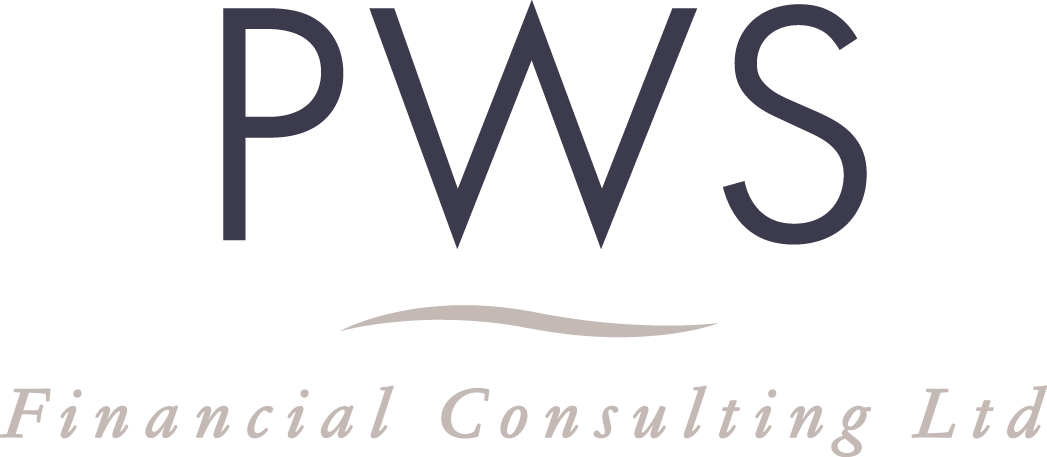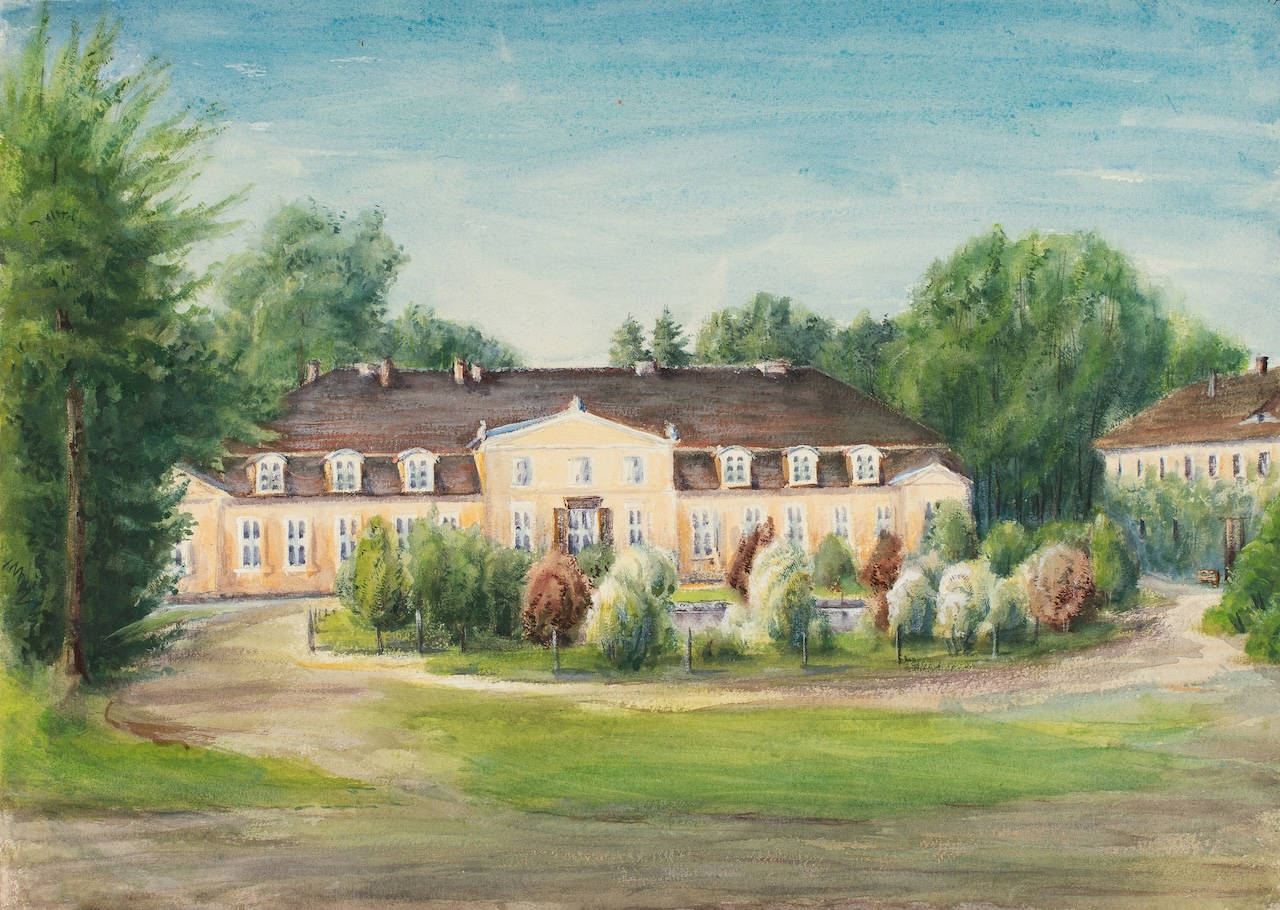We covered how we decide where our clients should invest in an earlier post. Now we move onto what to invest into.
We believe where to invest is the primary consideration when making investment recommendations. However, what to invest into is also important.
Rather than buying a bunch of shares, bonds, or properties, we recommend our clients invest via funds. Funds are ‘collective’ investments which pool your money with other investors. Each fund has a manager who buys and sells a wide range of investments on your behalf.
How do we choose funds?
Very broadly speaking, there are two types of manager.
Passive managers look to replicate the returns of the market they work in as closely as possible. They do so by buying each investment in that market or, ones which form a broad representation of it. One of the leading experts on the subject draws the following comparison:
“It’s like going out on the golf course and shooting every round at par. How many golfers can do better than that?“[1]
Active managers look for opportunities to increase returns or reduce risk. They do so usually through investment choice and market timing. If they were a golfer, they would be trying to be better than par. To do so, they would be spending much more effort and time than the golfer aiming for par. This translates to higher costs to own such funds. It also translates into a risk of getting less than par if speculative shots are taken.
When looking at funds, we draw on the expertise of some of the country’s top due diligence experts. We combine this with number crunching to help us identify which funds might be suitable.
Where we select active managers, we tend to pick ones who do not align themselves to a particular style of investing. Neither do they tend to choose a specific type of investment in the market they work in. Where available, we compare these managers with the most appropriate passive option.
How do we decide whether to invest actively or passively?
We believe finding managers who will consistently outperform over the long-term is difficult. In each asset class, we only select an active manager over a passive one where we have a great deal of conviction in its prospects.
We look at this in two ways using the golf analogy. The first is how all the active managers on that course have fared over the long-term. If they have not done well, then we are much less likely to look to aim for above par. This would be the case unless we can find a manager who has a history of shooting well below par consistently.
How do we review these choices?
We re-run our analysis every six months. When doing so, we do not choose a whole new bunch of replacement funds. We compare the funds we would choose if we were starting again to those already in place. The incumbents will need to be doing much worse than the one which could replace it to fall out of favour.
We are always happy to discuss this in more detail. Feel free to book in a free no-obligation chat here or get in touch.
Your investment may fall as well as rise, and you may not get back what you put in.
[1] Burton Malkiel: “The Random Walk Guide to Investing: Ten Rules for Financial Success“:





